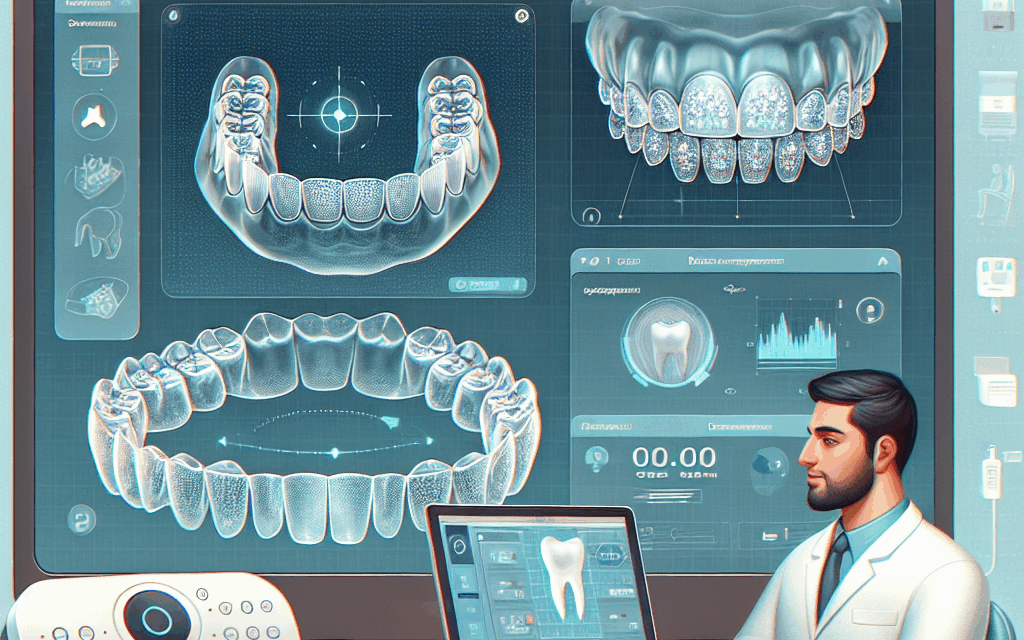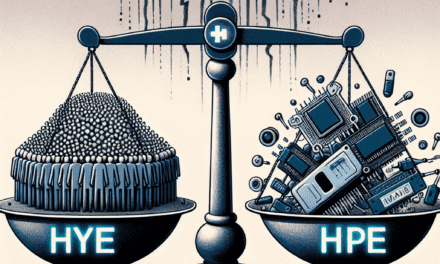Exploring the Technologies and Systems Behind Invisalign Treatment
Invisalign has revolutionized orthodontic treatment, offering a discreet and effective alternative to traditional metal braces. This innovative system utilizes advanced technology and a series of custom-made clear aligners to gradually shift teeth into their desired positions. In this article, we will delve into the technologies and systems that underpin Invisalign treatment, exploring its design, manufacturing, treatment planning, and patient management processes. We will also discuss the clinical outcomes and future advancements in this field.
1. The Science of Clear Aligners
Clear aligners, such as Invisalign, are designed based on the principles of orthodontics and biomechanics. The treatment involves a series of custom-made aligners that apply controlled forces to teeth, guiding them into the desired position over time. The science behind this process is rooted in several key concepts:
- Biological Response: The movement of teeth is facilitated by the biological response of the periodontal ligament and alveolar bone. When pressure is applied to a tooth, the surrounding bone remodels, allowing the tooth to shift.
- Force Distribution: Each aligner is designed to apply specific forces to targeted teeth. The precise control of these forces is crucial for effective tooth movement and minimizing discomfort.
- Sequential Movement: The treatment plan involves a series of aligners, each designed to move the teeth incrementally. This sequential approach allows for gradual adjustments and reduces the risk of complications.
Invisalign aligners are made from a patented thermoplastic material called SmartTrack, which is designed to provide optimal force delivery and comfort. The material is both flexible and durable, allowing for effective tooth movement while ensuring a comfortable fit for the patient.
2. Digital Treatment Planning: The Role of 3D Imaging
One of the most significant advancements in Invisalign treatment is the use of digital technology for treatment planning. The process begins with a comprehensive digital scan of the patient’s mouth, which is then used to create a 3D model of their teeth. This model serves as the foundation for the entire treatment process.
The digital treatment planning process involves several key steps:
- Intraoral Scanning: Using advanced intraoral scanners, orthodontists can capture detailed images of the patient’s teeth and gums. This eliminates the need for traditional impressions, which can be uncomfortable and less accurate.
- 3D Modeling: The scanned data is converted into a 3D digital model using specialized software. This model allows orthodontists to visualize the current position of the teeth and plan the desired movements.
- Simulation of Treatment: The software enables orthodontists to simulate the entire treatment process, showing how the teeth will move with each aligner. This visualization helps both the clinician and the patient understand the expected outcomes.
By utilizing 3D imaging and simulation, orthodontists can create a more precise and personalized treatment plan. This technology not only enhances the accuracy of aligner fabrication but also improves patient communication and satisfaction.
3. Manufacturing Process: From Digital Design to Physical Aligners
The manufacturing process of Invisalign aligners is a complex and highly automated system that ensures precision and quality. Once the digital treatment plan is finalized, the aligners are produced using advanced manufacturing techniques.
The key steps in the manufacturing process include:
- 3D Printing: The digital models are used to create physical prototypes of the aligners through 3D printing technology. This allows for rapid prototyping and testing of the aligners before mass production.
- Thermoforming: After the prototypes are validated, the final aligners are produced using a thermoforming process. Sheets of SmartTrack material are heated and then vacuum-formed over the 3D models to create the final aligners.
- Quality Control: Each aligner undergoes rigorous quality control checks to ensure that it meets the required specifications. This includes checking for fit, clarity, and strength.
The use of advanced manufacturing technologies not only enhances the precision of the aligners but also allows for scalability in production. Invisalign can produce millions of aligners each year, meeting the growing demand for clear aligner therapy.
4. Patient Management and Compliance Monitoring
Successful Invisalign treatment relies heavily on patient compliance. Patients are required to wear their aligners for 20 to 22 hours a day and change to the next set of aligners every one to two weeks, depending on their treatment plan. To ensure adherence to these guidelines, Invisalign has implemented several patient management systems.
Key components of patient management include:
- Mobile App Integration: The Invisalign app allows patients to track their progress, receive reminders for changing aligners, and communicate with their orthodontist. This digital engagement fosters accountability and encourages compliance.
- Virtual Check-Ins: Orthodontists can conduct virtual check-ins with patients to monitor their progress and address any concerns. This flexibility enhances patient satisfaction and reduces the need for in-office visits.
- Progress Tracking: The app provides visual progress tracking, allowing patients to see how their teeth are moving over time. This visual feedback can motivate patients to adhere to their treatment plan.
By leveraging technology for patient management, Invisalign enhances the overall treatment experience and improves clinical outcomes. Studies have shown that patients who actively engage with their treatment through digital tools are more likely to achieve their desired results.
5. Clinical Outcomes and Future Advancements
The clinical outcomes of Invisalign treatment have been extensively studied, demonstrating its effectiveness in treating a wide range of orthodontic issues. Research indicates that Invisalign can successfully address mild to moderate malocclusions, including crowding, spacing, and bite issues.
Key findings from clinical studies include:
- Effectiveness: A systematic review published in the American Journal of Orthodontics and Dentofacial Orthopedics found that Invisalign is effective in treating various orthodontic conditions, with results comparable to traditional braces.
- Patient Satisfaction: Surveys indicate high levels of patient satisfaction with Invisalign treatment, primarily due to its aesthetic appeal and comfort compared to metal braces.
- Long-Term Stability: Studies suggest that the long-term stability of results achieved with Invisalign is comparable to that of traditional orthodontic treatments, provided that patients adhere to retention protocols.
Looking ahead, the future of Invisalign treatment is promising, with ongoing advancements in technology and materials. Potential future developments include:
- Artificial Intelligence: The integration of AI in treatment planning could enhance the precision of tooth movement predictions and optimize aligner design.
- Smart Aligners: Future aligners may incorporate sensors to monitor wear time and provide real-time feedback to patients and orthodontists.
- Expanded Treatment Capabilities: Continued research may expand the range of orthodontic issues that can be effectively treated with clear aligners, making them a viable option for more patients.
Conclusion
Invisalign treatment represents a significant advancement in orthodontics, combining cutting-edge technology with a patient-centered approach. From the science of clear aligners to the digital treatment planning process, manufacturing techniques, patient management systems, and clinical outcomes, each aspect of Invisalign is designed to enhance the effectiveness and experience of orthodontic treatment.
As technology continues to evolve, the future of Invisalign holds exciting possibilities that could further improve treatment outcomes and patient satisfaction. By understanding the technologies and systems behind Invisalign, patients and practitioners alike can appreciate the innovation that has transformed orthodontic care.





